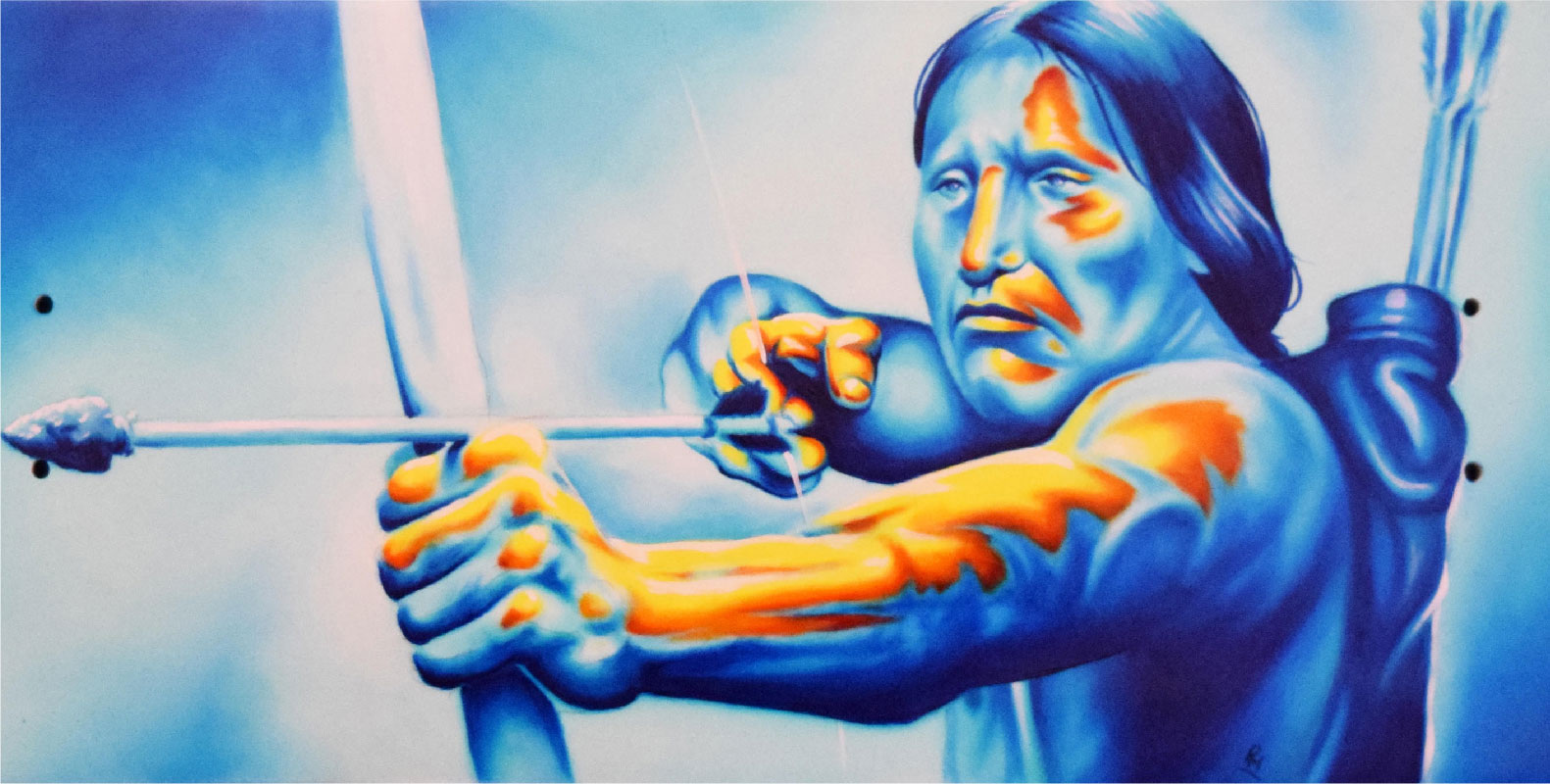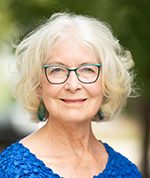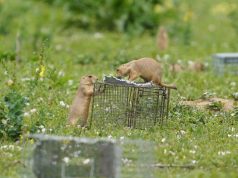
It may seem like Robert Martinez is established, “but it’s been a long road to walk,” says the Native artist from the Wind River Reservation in central Wyoming.
Despite his work being shown across the country, for most of his 25 years creating art, Martinez says he’s felt overlooked. It hasn’t been until the last few years that Martinez has felt valued as a Native artist creating work about Native people.
“[This is] still a fairly new experience. [Native artists] have been marginalized and pigeon holed and stereotyped for so long.”
It’s time, Martinez says, for Native artists to tell their own stories.
With that sentiment in mind, the Dairy Arts Center teamed up with the Creative Nations Art Collective to develop the Creative Nations Sacred Space — a space permanently dedicated to Native and Indigenous artists at the Dairy, opening on Friday, Sept. 16.
The dedication of Creative Nations Sacred Space comes at a time when concert halls, art centers and museums are recognizing original stewards of the land with land acknowledgements.
Marty Strenczewilk, an Ojibwe storyteller and the managing director of Creative Nations, says those acknowledgements are great, but have limited impact.
“Allyship is not about saying, it’s about doing,” Strenczewilk says.
Although it is not true land back, Creative Nations shows an actionable step toward land back and re-establishing Indigenous sovereignty in Boulder County.
“They have created something that’s going to represent a moment of land back for us, a recognition of this land and what it is,” Strenczewilk says. “It is a bigger step than almost any organization ever takes.”
The space will serve multiple functions: providing a space for rehearsals, galleries, readings, poetry and music, while fostering collaboration and opportunities for Indigenous artists. Artists will have access to resources they might not have otherwise, and will bring the community together in healing and celebration.
“I guess if I were to think of a single word, the word hub … if we can be a hub for Native art and Native artists, that would be incredible,” Strenczewilk says. “It’s about making art as much as it is about displaying it.”
The first Native art exhibition will feature works by artists from tribes with historical ties to Colorado and Boulder County: the Arapaho, Cheyenne and Ute tribes. This exhibition will be free and open to the public through November 2022.
Martinez, a Northern Arapaho Chicano artist, and Bruce Cook, a Haida (British Columbia) artist, were invited to curate the exhibition. Martinez says it was humbling to be asked to show his and other Native artists’ work at the new space.
“[Our people] haven’t been invited before recent times, so it was great to be invited back [to Boulder] to show our contemporary artwork.”

Martinez says that Indigenous artists creating Native-themed art often do not have the same opportunities as white artists, emphasizing that “money is a huge factor.”
“A non-Native artist, painting, drawing, sculpting Native themes and Native imagery, will have a longer and more lucrative career than an actual Native artist painting actual Native themes and imagery—and it’s been like that forever,” Martinez says.
Further, he sees Native artists giving back to Native communities, but doesn’t see non-Native artists doing the same. “But they don’t see the problem with that,” he says.
The Dairy is seeking to bridge that gap and empower Native artists through valuing autonomy and fair pay.
The space, founded by five Indigenous people, is managed and envisioned by people who identify as Native or Indigenous. The Dairy is taking a hands-off approach in managing the space — providing resources, facilitation and guidance rather than controlling it.
“I think there’s a real nice consciousness among most of the Dairy staff [to] not take over the project, because the Natives are really driving these things,” Strenczewilk says.
Paying artists appropriately is a goal for Strenczewilk. He says Creative Nations staff talk about what they should pay artists versus what they can pay them, with the hopes of addressing pay inequities for artists of color and in the arts generally.
“Problems don’t go away if unaddressed,” says Melissa Fathman, executive director of the Dairy Arts Center. “It takes courage to step up, speak out, or make decisions that may make people mad or make you unpopular, but in the end, you know it’s the right thing to do.”
The idea to create a dedicated space for Indigenous artists at the Dairy began in 2019 during the dedication for the mural Uncounted by LMNOPI with Arapaho Shoshone artist Sarah Ortegon as the subject, whose family used to live on the land in the area. The mural raised awareness around violence against Native women and girls.
Fathman was moved by the piece and Ortegon’s speech, which brought her to reflect on the Dairy’s historic exclusion of Native artists.
“It completely changed the way I viewed my workplace, an organization that prides itself on community, diversity and inclusion that had almost no connection to the people who used to live here. I internally vowed to figure out how to reconcile the past,” Fathman says. “I realized that although I could not give the land back, I could carve out a space within the Dairy facility that is permanently dedicated to Native artists.”
The opening event will start at 6 p.m. with a traditional blessing from Harvey Spoonhunter, chairman of the Northern Arapaho tribe. Artists Martinez and Cook will give a live art demonstration for attendees. Art will be available for purchase during the exhibit, but not at the opening event.
Fathman says there is a lot of healing and reconciliation that needs to be done because of past abuses and crimes against Native people.
“Healing comes in many forms: It can come as a stark message; it can also come through laughter, or beautiful colors, cathartic movements or healing sounds,” Fathman says. “The arts provide all of that — so many transformative opportunities that go beyond words.”
Email: [email protected]














